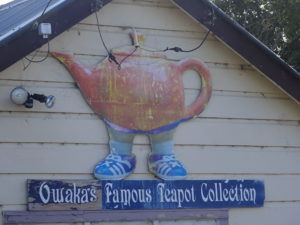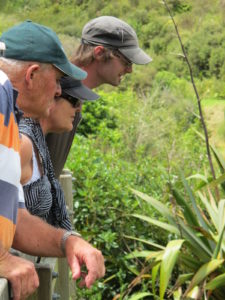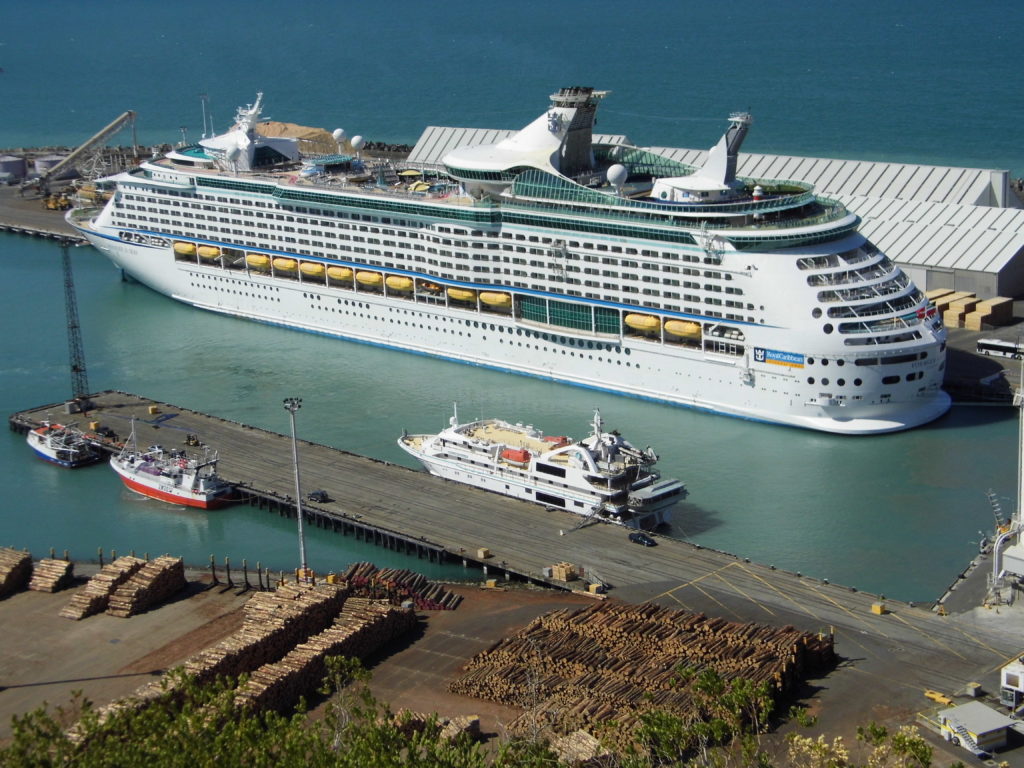Naumai
A recent night sky experience has led us to reflect on the collective difference in NZ inc. By this we mean what are the unique selling points and subsequent tourism products of the region or place?
A quick search of night sky tours found at least seven “planetarium” , over fifteen “tours”, and at least 24 local astronomical societies that operate observatories on a few nights each month. We are certainly not decrying our night sky experiences. New Zealand is one of the best places in the world to see the night sky. The fact that the world’s largest Dark Sky Reserve and the world’s only Dark Sky Sanctuary on an island can be found here support this.
Another search could just as easily find different versions of essentially the same product, from zip-lines to jet boat tours, repeated throughout Aotearoa.
We first commented on the wider issue in 2011 and again in 2012.
We are a small country with a wide range of differentiation (landscape, culture, food, wine etc) between regions. Our collective differences are potentially our strength.
One can only hope that the Provincial Growth Fund recognises this when making it’s deliberations.
There are hints that perhaps the rise in international visitor numbers is starting to slow. We must continue to grow, differentiate and create points of difference in our tourism product.
These should be regionally based, unique and reflect the culture and stories of that place. Not simply repeats of a similar experience found elsewhere in the country.
How many night sky experiences do we need?
Ka kite ano
 Owaka in the Catlins, and it’s famous teapot collection
Owaka in the Catlins, and it’s famous teapot collection


